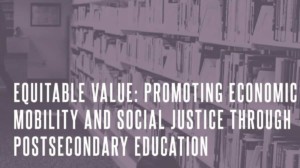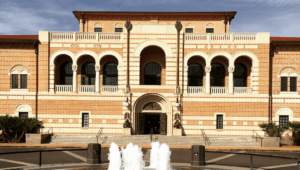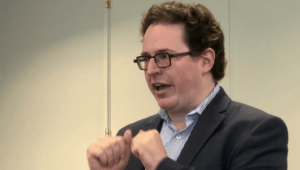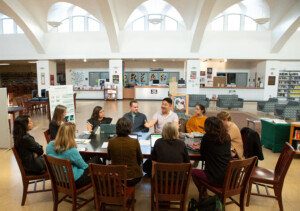Segregation Rates Higher than 1970s Tally, NAACP
This bit of news from our partners at Education Equality Project created the stark realization that segregation is increasingly becoming a bigger problem than it was forty years ago. EEP points us towards this edWeek story about NAACP’s national conference in North Carolina, where NAACP’s Benjamin Todd Jealous calls attention to a troubling rise in segregation rates in the national public education system.
Here is the full story:
Using Wake County’s ongoing debate over school diversity as a backdrop, the NAACP is holding a national conference on education in Raleigh to argue that schools around the country are, in essence, returning to Jim Crow-era patterns of segregation.
“Resegregation is on the rise,” said the Rev. William Barber, chairman of the state NAACP chapter. “The rates now are worse than in the 1970s.”
Wake County has been the scene of acrimonious dispute since the school board voted to scrap a decade-old policy that used busing to achieve socio-economic balance in public schools. The NAACP and allied groups have staged protests and marches and filed a federal civil rights complaint. Barber is among several who have been arrested in demonstrations against the end of the policy.
But the issue goes beyond Wake County. In the Charlotte-Mecklenburg district, long seen as a model of school integration, seven civil rights complaints have been filed with the federal Department of Education over the school district’s decision this month to close 10 schools, a decision the complainants argue targets predominantly nonwhite neighborhoods.
“School boards across this country are rolling back the clock to the time before Brown vs. Board of Education,” NAACP national president Benjamin Todd Jealous said in a statement. Jealous was scheduled to address to the conference Friday.
But that sentiment is out of touch with both the reality of public education and recent Supreme Court rulings, according to Roger Clegg, president of the Falls Church, Va.-based Center for Equal Opportunity.
A 2007 decision by the court found that school districts can’t pursue integration policies by using students’ race as a basis, which Clegg argues is what busing for diversity amounts to.
“Even if you think there’s something desirable about having a politically correct racial and ethnic mix, it doesn’t justify the enormous costs of engaging in racial discrimination,” he said.
Clegg also challenges the claim that schools are becoming more segregated, arguing that falling percentages of white students matches the declining number of whites in the population overall.
The term “segregation” doesn’t refer to demographic change, but to legal policies explicitly designed to keep people of different races separated from each other, Clegg said.
“If you use that definition, not only is there no resegregation in the United States, there is not a single segregated school in the United States,” he said.
Related articles
- NAACP: NC county is example of US school problem (seattletimes.nwsource.com)
- NAACP plans national conference on schools in NC (charlotte.news14.com)
- NAACP educational summit to look at return of segregation (cnn.com)






0 Comments
Leave a Comment
Your email address will not be published. All fields are required.